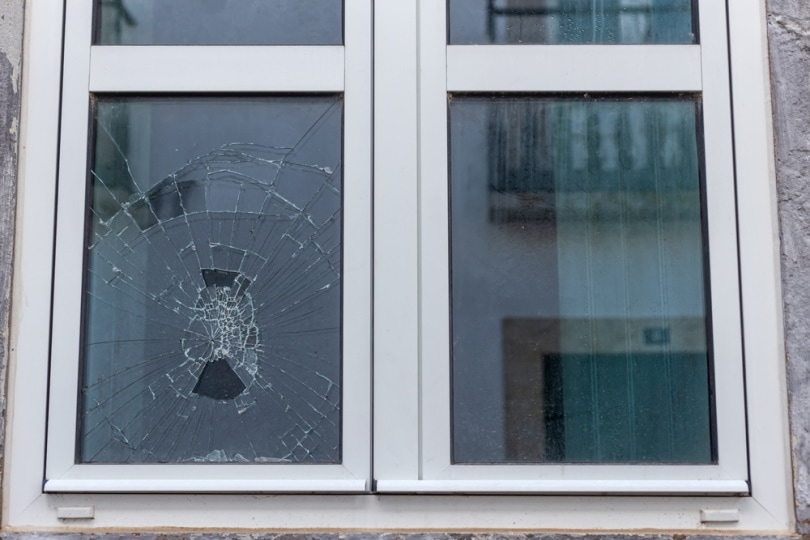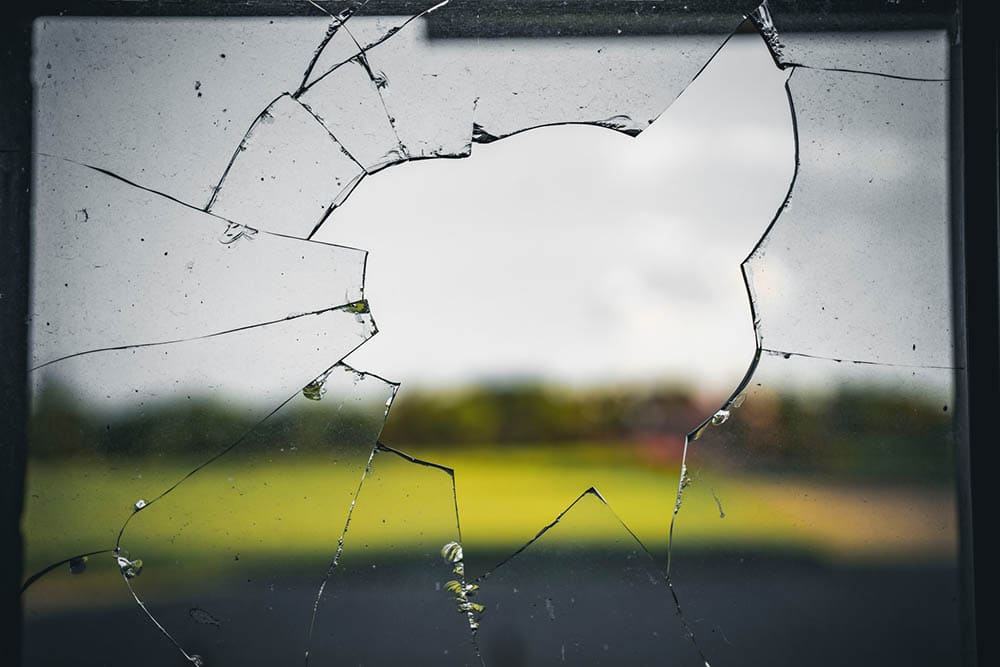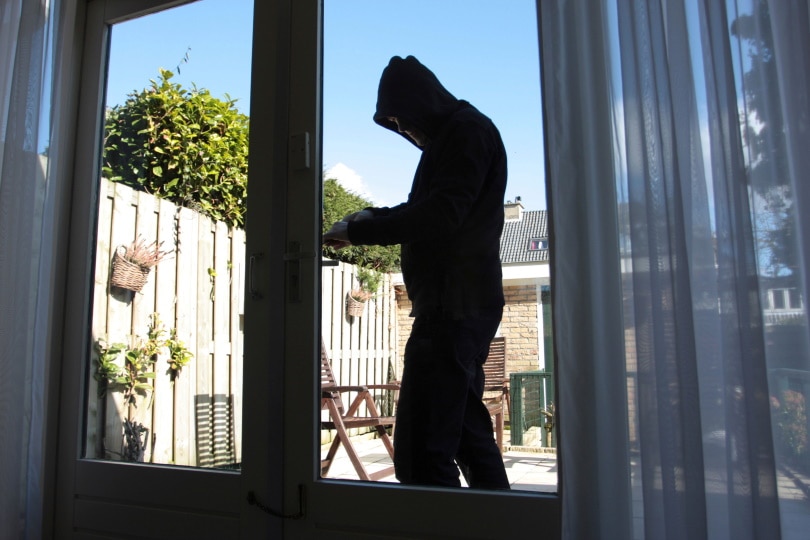What Is the Broken Window Theory? Facts & FAQs
-

- Last updated:

A broken window is a huge headache that can cost hundreds of dollars and a lot of time. Did you know that a broken window could contribute to crime and discord in your neighborhood as well? That is what some psychologists and law enforcement officials believe.
The idea is known as the broken window theory. The theory states that things such as broken windows, which represent disorder, lack of care, and stress, can lead to further disorder that eventually leads to serious crimes. If that sounds serious, that is because it is, at least within the confines of the theory.
The broken window theory has been around since 1982 and has affected the train of thought behind major criminal and psychology movements ever since. Let’s learn more about it.
Broken Window Theory Basics
The broken window theory was introduced in 1982 by two scholars, James Q. Wilson and George Kelling. The theory suggests that an environment’s appearance affects the way that people living in the environment behave and treat their surroundings.
In the academic sense, broken windows are purely a metaphor. They can appear in communities physically, but in the realm of the theory itself, a so-called broken window can be a number of bad behaviors, including petty crime, vandalism, drug dealing, and more. When these types of bad conditions are present, the theory states that behavior that causes these types of problems will perpetuate and feed on itself, creating a negative feedback loop. The end result is serious crimes and major issues.
For example, if a neighborhood experiences vandalism and after dark shenanigans, it will cause people to partake in more of these types of behaviors. Broken windows won’t get fixed, and more people will partake in the vandalism. That behavior will slowly escalate as the environment degrades until serious crimes are committed, such as arson or even murder.
While this is just a psychological theory, the theory has been used by officials around the country to affect policy.

Broken Window Theory in Practice
Law enforcement agencies took the broken window theory and used it to craft new law enforcement policies in major cities. The 1990s saw the highest rate of policy changes that were affected by the broken window theory. In order to prevent major crimes, police departments started investing time and resources into fighting petty crimes. These policies created a heavy-handed approach to petty crime that saw a lot of people get locked up. The focus shifted from reacting to major crimes to trying to prevent major crimes by creating an environment that felt calm, safe, and lawful.
In 1994, California enacted a three strikes policy. This policy stated that a person convicted of a second felony would be sentenced to twice the normal guidelines. A person convicted of a third felony after previously being convicted of two others would be sentenced to 25 years to life. The result was that a person convicted of petty theft, minor drug possession, and simple assault could face life in prison rather than the sum of the three minor crimes sentences together. This is just one example of how the broken window theory affected policy and played into the prevailing attitude towards crime and lawfulness in the 1990s.
But California was not the only major player to get involved with the broken window theory. New York City also leaned heavily into the theory in the 1990s. In 1994 New York City police commissioner William Bratton enacted a series of policies aimed at targeting minor crimes with the hope that the reduction in minor crimes would prevent major crimes. He employed dozens of plainclothes police officers to catch people for simple crimes like jaywalking, public intoxication, turnstile jumping, panhandling, and more. The policies saw short term success as crime began to fall across the board, but the policy of heavily policing minor crimes would start to face a growing backlash in the early 21st century. That backlash continues in some communities today.

Is The Broken Window Theory True?
For all of the fuss that has been made about the broken window theory, is it true? The answer is it is hard to say for certain. On its face, there is no hard empirical data to suggest the prevalence of minor crimes results in an increase in major crimes. For example, a community with a high rate of vandalism is not suddenly at risk of becoming a murder capital. In practice, it is likely more nuanced than that. The factors that fuel minor crimes include a wide range of factors, including economic security, poverty, law enforcement history, local history, and other complex and interconnected things. Drawing a straight line from A to B when it comes to crime is difficult, and there is no large-scale database to prove, or disprove, the broken window theory.
The theory is so popular because it sounds logical. Decrease minor crimes, decrease major crimes. In practice, it is more complicated. The policing police were also popular in some neighborhoods that were sick of seeing minor crimes and were glad for any excuse to get law enforcement to crack down. Some people believe that if the threat of major crimes is what it takes for law enforcement to spend more time on minor crimes, so be it.
But the policy has faced a growing amount of criticism in recent years. Critics say that cracking down on minor crimes disproportionately affects low-income neighborhoods and people of color, which has led to a large disparity in the justice system. Critics also point to the fact that there is no evidence to suggest that eliminating minor crimes reduces major crimes. They say that harshly punishing people for minor crimes only affects those individuals and that those individuals are already facing hard life circumstances.
California amended its strict three-strikes policy in 2012 to try and make it more lenient in the face of the criticism.
Conclusion
The broken window theory states that minor crimes, discord, chaos, and simple things like leaving broken windows can perpetuate a negative cycle in a social environment that will eventually turn into an increase in major crimes. The theory heavily impacted police policies in the 1990s that saw law enforcement heavily focus on minor crimes in a bid to increase lawfulness and decrease major crimes. The theory is still popular in academic, psychological and law enforcement circles. There is little hard evidence to suggest the theory is actually true. But it is still a good excuse to be on your best behavior and get that broken window fixed quickly, just in case.
- See also: How to Trim a Cactus: 5 Tips & Tricks
Featured Image Credit: Sergio Sergo, Shutterstock
Contents

